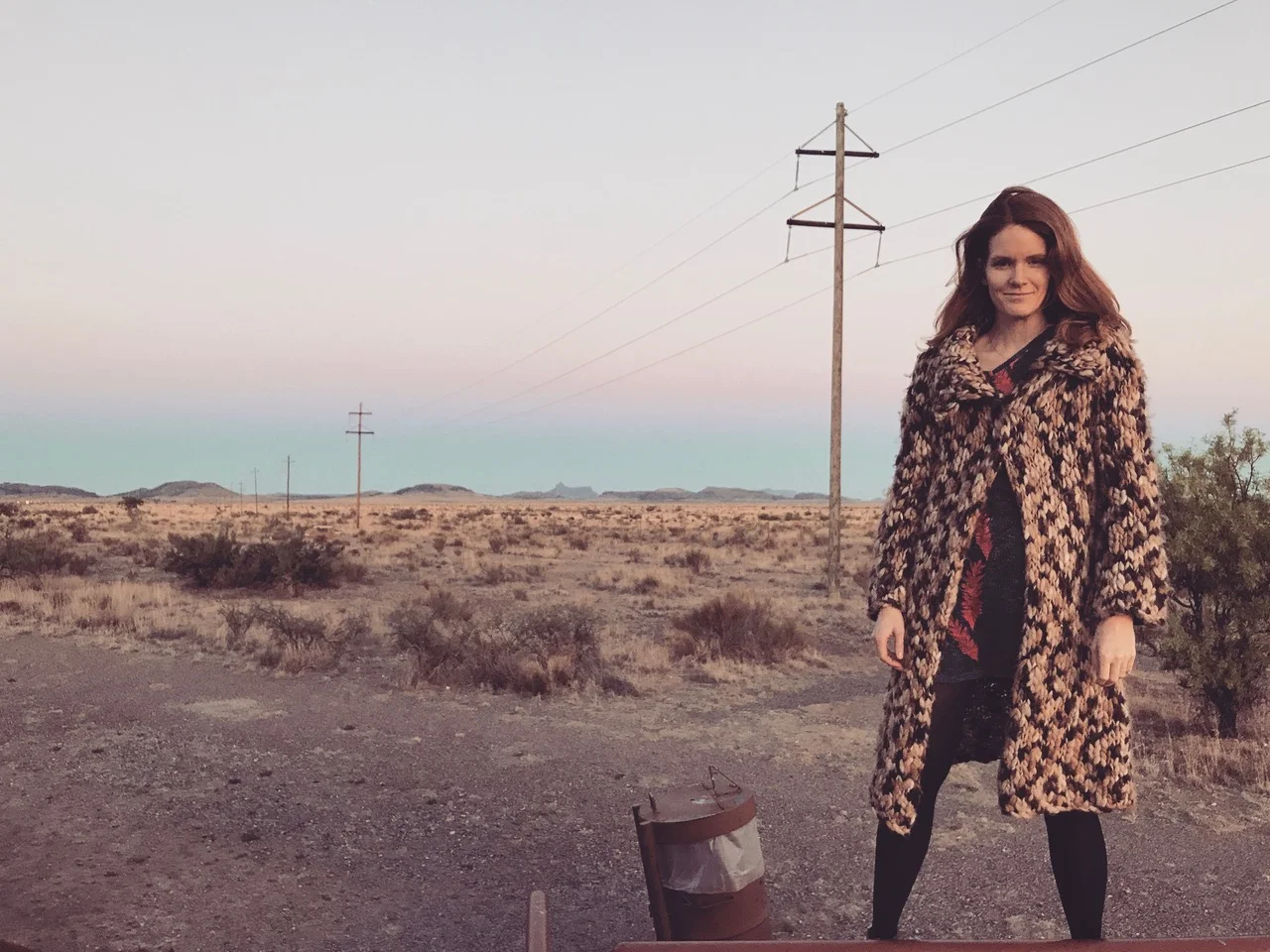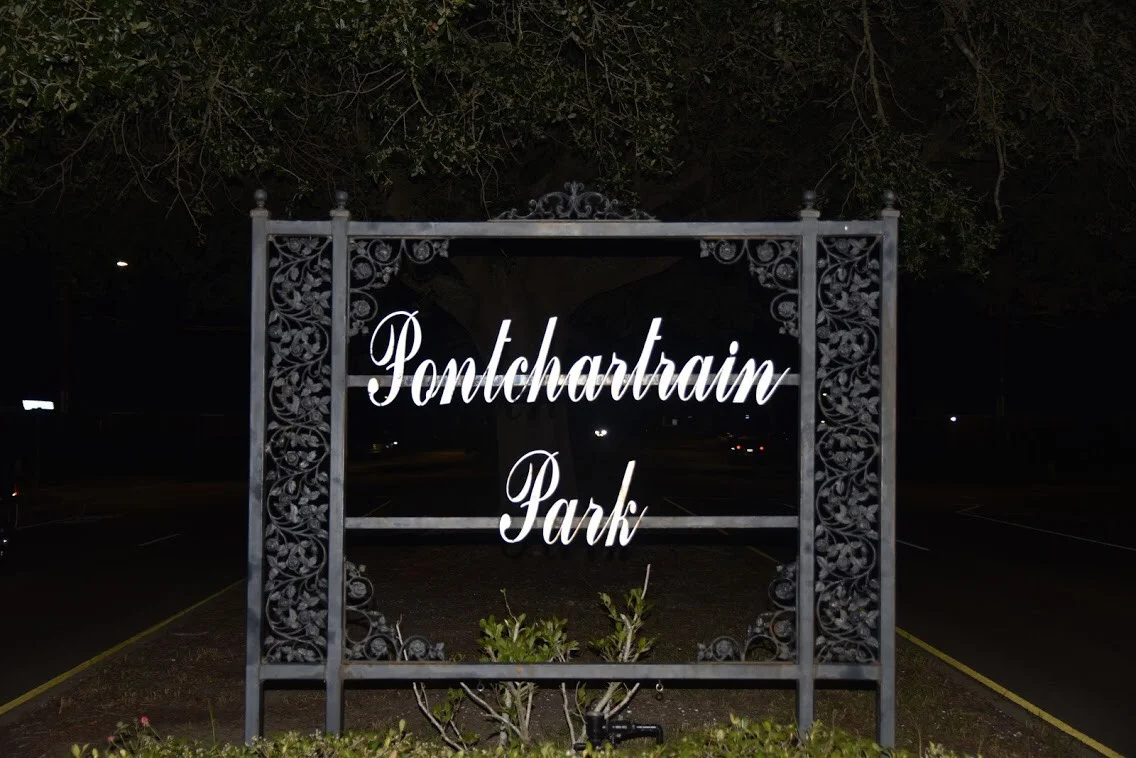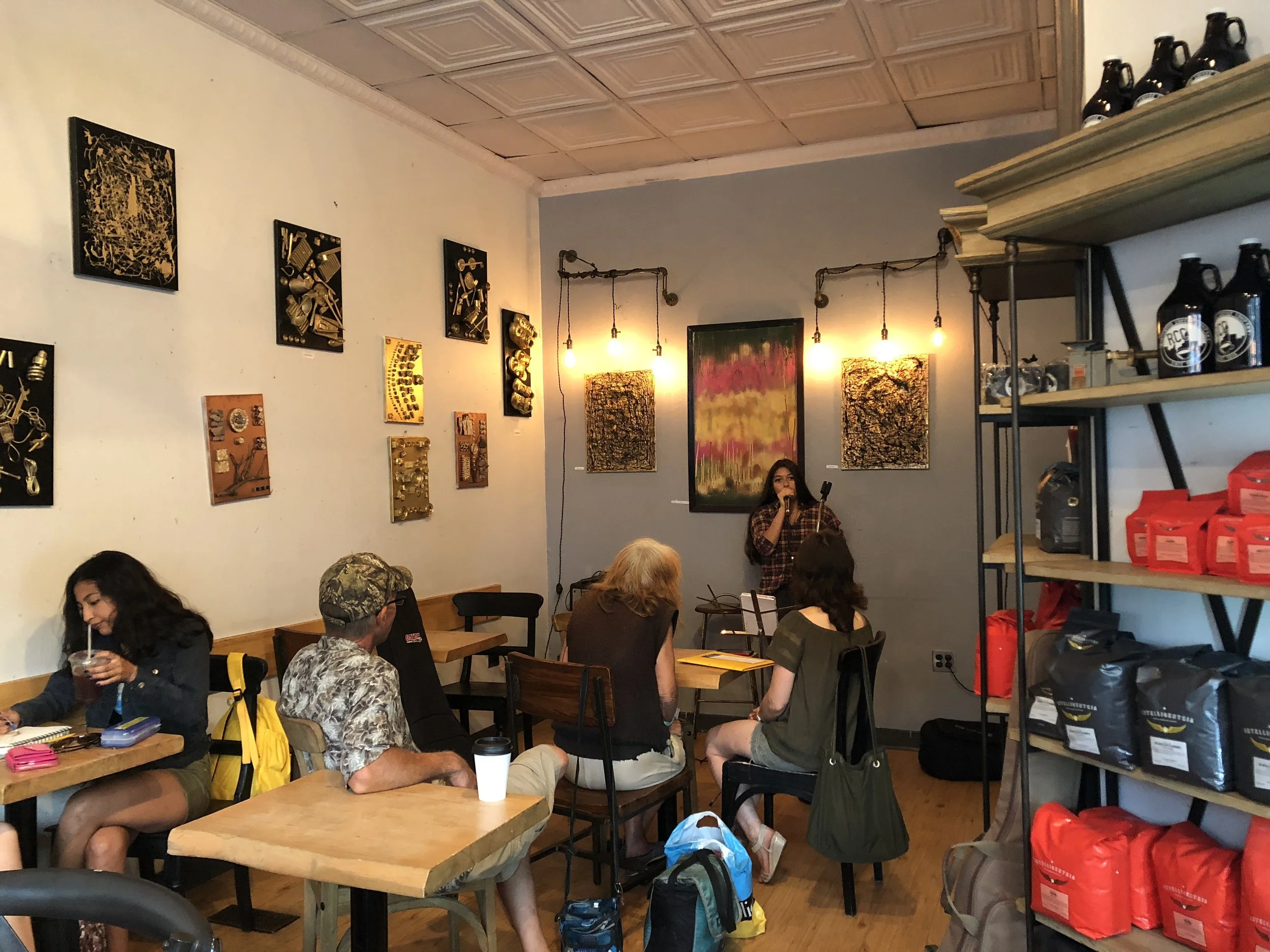Essays & Reviews
Literature
In an interview aired by the Louisiana Channel, Adonis recounts memories from a simple childhood. “There was no school in the village,” he reflects on his first home, a poor Syrian farming town. “There was no electricity either.” He sketches a portrait of an uncluttered life: one without cars, or high-tech gadgets, or formal education. What he had, he testifies with a wistfulness intrinsic to his work, was his culture. “And the essence of the old Arab culture,” he asserts, “is poetry.”
Albert Camus said that to create is to live twice and, in the case of James Baldwin, this is especially evident in 2019. Why, do you ask, has Baldwin’s fiction recently been adapted into an Academy Award nominated film by Barry Jenkins (If Beale Street Could Talk) while his life has inspired the art exhibition God Made My Face: A Collective Portrait of James Baldwin curated by Hilton Als at the David Zwirner Gallery in New York City (along with accompanying film screenings). The 2016 documentary I Am Not Your Negro (based on Baldwin’s unfinished manuscript, Remember This House) was a runaway success and it seems that our appetites are barely whetted for more.
Rick Moody—acclaimed novelist, short story writer, essayist and incredibly socially and politically-conscious individual—was kind enough to speak with us regarding the impact of innovative technologies (most specifically social media) and their effects on upcoming political elections. He also discusses literature, the impetus to combine politics and aesthetics in his prose, his 2016 Election Diary and political involvement by those who dwell outside of the “process.”
When my mother first received the breaking news of Amos Oz’s passing, gasping as the Haaretz news headline slid across her iPhone screen, I could sense her shock from opposite Starbucks. Glancing back from the barista counter, in line for our drinks and watching her expression absorb grief from the report, I read her lips as she mouthed the headline: “Amos Oz, Author and Peace Advocate, to Be Laid to Rest.”
Over the past several years there has been a number of American history books that have taken up the task of providing the reading public with a grand narrative of who and what we are as Americans.
Canals filled with turquoise water instead of streets bustling with cars and bicycles come to mind when I think of Venice. Joseph Brodsky’s essay Watermark (1993) resonates deeply with the visitor, as does a watery dream conjured by Robert Altman: I was immediately reminded of his film, 3 Women (1977) upon arrival. Brodsky only visited Venice in December for he longed to celebrate the beginning of a new year with “a wave hitting the shore at midnight.” He explained “that, to me, is time coming out of water.” Brodsky also described the city as being “part damp oxygen, part coffee and prayers” and he described the canal-side structures as “upright lace.” Brodsky, born in Leningrad, was exiled from his homeland due to his “having a worldview damaging to the state, decadence and modernism, failure to finish school, and social parasitism . . . except for the writing of awful poems” (Brodsky went on to win the Nobel Prize in Literature in 1987). He thought of Venice as the closest incarnation of Eden and “the greatest masterpiece our species produced.”
Sally Field is a terrific writer, and I can’t say that I’m completely surprised: She’s been giving stunning, emotionally complex performances for nearly fifty years. Released this past September by Grand Central Publishing, In Pieces is a lengthy read — nearly 400 pages — but I could not put it down until I was finished. I loved this book. Field worked on it for seven years and it shows; this is no run-of-the-mill celebrity memoir. It is the story of an emotionally complex woman’s life, warts and all.
"Whosoever kills a human being … it is as if he has killed all of mankind, and of he saves a human being, he has saved all of mankind." (Quran 5:32)
In The Great Derangement: Climate Change and The Unthinkable Amitav Ghosh sets out to comprehend our collective failure to deal with climate change. A surpassingly urgent question if the climate-stable Holocene that has cradled our civilized existence is truly at an end - and a turbulent human-driven geologic epoch, the Anthropocene, is now at hand. Ghosh takes as given that this newly proposed epoch is settled science, and while it remains contested, its markers are already real enough. They include radioactive debris and other forms of human pollution, species invasion and mass extinction, shifting weather patterns and accelerating planetary warming at a rate unlike anything observed in the previous 12,000-year geologic interval. We would add to this list the human elements that are the stuff of today’s headlines: climate refugees disrupting the world’s political orders, sparing no nation, including the USA, as caravans of the dispossessed head north.
Paul Greenberg, a New York City writer and journalist, who has written books about fish before, takes the reader on a journey around much of the world to explore the health benefits of Omega-3 Fatty Acids in The Omega Principle. Greenberg focuses on the subject of Omega-3 Fatty Acids and sees where it takes him. Onto many subjects and places in this trip to validate the enthusiasm the compound brings. Omega-3 Fatty Acids, found in fish but also in some nuts, is trumpeted as a medical remedy and cure helping our hearts and our minds. The enthusiasm over the find rivals that of other miracle drugs, but there are those who doubt whether it is a valid medicine. There are many though who swear by it, and Greenberg follows its use even into ancient times. He is a convert here, and fish consumer and promoter, but also an inquiring mind with great prose and refreshing use of phrases and language. Eating Omega-3 Fatty Acids maybe can be a bit of a cure all for some of our present environmental and public health catastrophe, but fish are also on the decline. A Mediterranean Diet with more fish is recommended by Greenberg who sees it also as a remedy for some of the ails of middle age.
Where are you? Who are you? Which path did you take when you left us here alone? Why did the grass look greener? How could you run when we needed you? These and many more questions are asked by those who stayed the course. Just because you got a job and started to grow up and accept the establishment's values of what life should be didn't mean you had to abandon the moral fiber of who you once were. Assimilation into a society that put blinders on your eyes, denying the movement as though you were never apart of it, surely doesn't let your spirit rest when you remember the cause that you so fervently loved. There was a time when words were louder than actions and peace was our banner that moved like fire across a country. Who fooled you? Who coerced you into thinking you were wrong and they were right? These are questions that I am seeking as I look for the revolutionary generation that still burns in my inner being.
If you can make it there, you’ll make it anywhere. And I almost made it in New York. The grand irony being that when I was finally strong enough to live in the city, I decided to leave it. The first half of my thirties were spent annulling the many mistakes of my twenties: the unavailable men, a daily struggle with bulimia, that phase in the fetish scene. By the time 33 rolled around (the exact age in which Jesus had died for our sins, according to my Catholic upbringing), I had learned to keep my meals down and my head up.
15 years in the Big Apple had afforded me a wild ride, but I was in danger of becoming rotten all the way through. Despite the perks of living a semi-glamorous life in Manhattan—being a wellness guru to celebrities and scions while living in a centrally located shoebox—40 was a threat, not a promise. I had become so good at distinguishing the married women from their lonely single counterparts on the subway, before ever looking at their fingers, only their faces, whether their eyes possessed a certain softness or not, that I avoided my own reflection in those train windows. I didn’t need to be married, but I was sick of being single.
If you’ve read any of my other reviews (or any of my work at all, really), you’re probably familiar with my mother: the stunning, savvy, Israeli cosmetologist, whose brilliance surpasses that of her art. Her wisdom is so apparent, her intelligence so easily gleaned through her speech -- the difficulty being that most Americans have a tough time understanding her.
My mother’s way of speaking is familiar to me. Her heavy Middle Eastern accent and “incorrect” grammar are components of my second language: I understand her English as easily as I understand that of a native speaker. However, I also recognize the effect that her idiosyncratic English has had on her experience in America -- the prejudice she faces in everyday encounters; the stigma surrounding her foreign speech she’s learned to internalize; the “evidence” she receives that her English is inherently lesser, because she doesn’t speak a standard English. That’s something called language prejudice, and it’s a force that’s ever-present and ever-pervasive in her life.
In 1955, during this era of segregation, a subdivision for middle class and affluent African Americans was built in New Orleans. It was the only one of its kind built in the city and one of the first in the nation.
This subdivision, Pontchartrain Park, consisted of a horse shaped 83 acre golf course and Park surrounded by modern single family ranch style homes. The impact on this development gave blacks the realization that they too could also have a place in the sun.
What is the difference between erotic art and pornography; and why is it that the change of medium changes perspective?
These are questions Los Angeles based photographer Rowan Metzner is presenting in her latest photography book collection, Erotic Masters:A Photographic Exploration of the Provocative Works of Rodin, Schiele and Picasso, a collection of photographic representations of erotic works by modern masters Rodin, Schiele and Picasso. Each scene is photographed as if the original artists had done so themselves, inviting the viewer to contemplate the ultimate question: is photographed erotic art viewed as pornography?
Barbara Henning’s new novel Just Like That charts with profound depth and sophistication the course of an interracial love affair, that of a white Bohemian poet and college instructor, Sara, who is the narrator of the tale, and a black Afro-centric acupuncturist, Jabari, who complicates the mix by having a young son, product of a brief relationship with a woman from whom he is now estranged. But that’s hardly the only complication. They both have older children, who tend to interfere; have weathered marriages or long-term partnerships, which shape their present apprehensions; had difficult childhoods and are undergoing health problems.
“Adrian Piper: A Synthesis of Intuitions, 1965-2016,” which was first shown at the Museum of Modern Art from March-July 2018, is an expansive and exhaustive retrospective of the artist and philosopher’s prolific body of work. Piper, who now lives in Berlin, was the first tenured African American woman professor in philosophy, and an intense attention to detail and masterful analysis is reflected in her work. The exhibition is mounted chronologically, and as such, you see Piper interrogate a variety of subjects over the course of her life: psychedelia and minimalism, time and space, meditations on philosophy, race, gender and abject embodiment, of social perceptions, of the death of both systems and people. Equally impressive is Piper’s command of media. Her works range from drawings and paintings, to sculpture, to photographs and essays, to performance. What unites her vast and masterful body of work is her attention to detail and a rigorous approach to the concepts she interrogates - and best of all, she has a sense of humor.
Conjugating Hindi, Ishmael Reed’s latest novel, is an unapologetically bold satire that tells the story of Boa, a teacher at Woodrow Wilson College in California. In the 2017 of the novel the politics are such that Blacks have been driven out of Oakland and Berkley except for those who “belonged to a class of Black professionals”. It is a setup that leads us to the narrative foundation of the novel: a series of debates that asks “Was Slavery All That Bad?” organised by the Columbia Speakers Bureau.
The woman to my left could not stop coming. She exclaimed something like Oh, God! in Spanish under heavy breath: her Ruby-Woo-painted lips pursed and perfect and quivering with pleasure. This is typical of one of Betty Dodson’s Bodysex workshops. I was in attendance one weekend in mid-July of this year for my first workshop. Betty is a sexologist, visual artist, author of books such as Sex for One: The Joy of Selfloving and Orgasms for Two: The Joy of Partnersex and the mother of Bodysex. The meeting is a group of women, all nude, in a circle, who are willing to share their thoughts about their bodies and their orgasms. Over the course of two afternoons we participated in three important Bodysex rituals: Genital Show and Tell, Erotic Recess and Group Massage. The main goals of the workshop are to overcome body shame and pleasure anxiety. I found out about Bodysex through Dodson and Ross’s online video series on YouTube. All of the videos are informative and hilarious. Whenever I watch them I feel like I am in a room chatting with my girlfriends. I wanted to attend the workshop because I was scared as well as completely fascinated by it at the same time. I knew that I would be taking an emotional risk and I couldn’t wait.
Vincent Valdez’s recently debuted painting The City I is tucked away on the second floor of the Blanton Museum of Art at the University of Texas at Austin, perhaps to shield certain visitors from its controversial nature, but also to make a metaphoric point: racism doesn’t need to be front and center for it to be alive and well. In the case of Valdez’s artwork, a large format four-panel painting depicting 14 fully garbed Klansmen—including a baby cradled in the arms of its hooded mother—his piece dominates the space in a semi-hidden room, away from the main art exhibit taking place on the ground floor. If you’re willing to turn a few corners, you will be met with the defiant stares of larger-than-life hatred glaring back at you, which could also be said for our country’s ever-present racial tension and discord. On the one-year anniversary of Charlottesville’s Unite the Right rally, how far have we come as a democracy, a nation of immigrants, a post-slavery society, and where exactly are we going, especially if we choose not to admit that there is an enemy among us, and possibly within us?
Every now and then, an Asian-American student asks me, “Should I write about race? It’s important to me and I want to, but I’m afraid I’ll be pigeonholed.”
I always think it through on the spot, to make sure I still agree with myself. Among my answers: “Poetry is such an obscure genre, it’s not worth doing anything but what means the most to you.” Or: “Robert Frost said a poem begins as a lump in the throat. Without that, your poems will lack urgency, so write about what’s eating at you.” Or: “Look at what’s happening politically, all over the Western world. Open racism is back. Your story needs to be told.”
Since having written this in graduate school several years ago, I have been lucky enough to see some quite extraordinary photography exhibitions in my new home, New York City. I went to see the Speed of Life retrospective honoring Peter Hujar’s work at the Morgan Library and Museum recently along with William Eggleston’s Los Alamos series at the Met. Before that I was amazed by Henri Cartier-Bresson’s photographs of India at the Rubin Museum. I have also been incredibly impressed by Emma Elizabeth Tillman’s work and, most notably, her recently published collection of photographs entitled Disco Ball Soul. All of these photographers have inspired me to take a look back at this piece I wrote where I discuss some of the artists who made an impact on me as a college student.
After a six-year hiatus, the much-anticipated release of Nas’s album, Nasir, left fans and critics with mixed reactions. The album arrived as part of the “Wyoming Sessions,” a series of albums executively produced by Kanye West as part of a grand experiment of rapid-fire studio production. The other albums include Pusha T’s Daytona, West’s collaboration with Kid Cudi eponymously entitled Kids See Ghosts, Teyana Taylor’s K.T.S.E. (Keep That Same Energy), and West’s own album, Ye. Each album is limited to seven tracks, and West has hinted at a loose thematic relationship to the seven deadly sins.
Most of us have experienced that nauseating awkwardness - the physically agonizing discomfort - of sitting through a comedy show that’s just not going right. That shifting in the seat when a joke falls flat. That cacophonous cough when a pun doesn’t receive the laughing track that was anticipated. Nobody characterizes that experience better than David Grossman in his most recent novel, A Horse Walks Into A Bar. Translated from Hebrew, this novel recounts the sometimes-magical-sometimes-excruciatingly-unsuccessful final standup of Dov Greenstein, an Israeli comic at a dive bar in Netanya, north of Tel Aviv. Over the course of his two-hour act, sprinkled with Holocaust jokes and ‘humorous’ stabs at the audience, Dov relates the battered tale of his life — what’s led him to his disturbed state, as a comedian today.
I remember, vividly, my first performance at the Ridgewood Coffee Company Open Mic. A summer evening, about six or seven years ago. I remember pacing outside, along the faded, orange brick of the cafe’s exterior; fingers tingling with the nerves of a performer on deck; replaying the track of Billy Gillman’s “Oklahoma” I was prepping myself to cover. The music from my IPhone mingled in the air with the humming and guitar-strumming from musicians around me, sounds native to a coffee shop like this: pulsating with artistic energy.
Let's be perfectly clear. Carol Wierzbicki's Welcome Distractions: Accessible Poems for Time-Strapped Humans is a terrific book of poems of/for our time. A book, dare I say it, of terrific female-take poems of and for our time, that will last, that should be required reading for all. And fun. And you will gasp: Yes! she nailed it.
Some film introduce you to characters that stay with you hours afterwards or are so profound you only find more genius in it with every viewing. Ocean’s 8 does neither but it knows what it is and that’s pure unadulterated, a fun, breezy comedic break from the heavy cloud of a chaotic political climate, and viewed at the movie theater, escape from the blistering sun. Ocean’s 8 is the playful younger, street kid to it’s heavier three big brothers. In the theater someone joked that it was called Ocean’s 8 because they couldn’t find 14 actresses as this not a pre-quel ,but takes place after Ocean’s 13.
I’ve been wearing the same necklace for five years — a dove, wings stretched, perched inside a silver triangle; its wings, beak, and the points of the triangle outlining a Magen David, a Jewish star. Five years ago, I bought this necklace from an artist on Nachalat Binyamin, a bustling artisan market at the heart of Tel Aviv, Israel. Adjacent to the famed and always-hectic fish market, Shuk haCarmel; a ten minute walk from one of Israel’s hippest beaches; and polka-dotted with restaurants selling a wide range of authentic cuisines, Nachalat Binyamin is an Eden for artists, as well as for the admirers who patron their work.
All little stories when they grow up want to be Ishmael Reed novels. They know that the nonpareil knowledge, freedom, and fun will be exhilarating. It’s the only place where in one paragraph you can bump into James Baldwin, John Waters, Chester Himes, Frank Zappa, Murphy Brown, Mary Richards, Beyoncé, Stephen King, Amiri Baraka, Edward Albee, Andy Warhol, and Snoop Dogg (11-12). You are privy to grappling with European and Indian mythology. You also get to visit art galleries and museums because plentiful graphic images are often part of the package. As Loop, a character in Reed’s 1969 Yellow Back Radio Broke-Down, expresses it, “No one says a novel has to be one thing. It can be anything it wants to be (36).” In Conjuring Hindi, Reed’s eleventh offering, the author reinforces this statement and buckles everyone in for a wild ride.
It's been said before and will probably be said for many more years to come - we are in the golden age of television. All of which began like a trickle with a few A-list dwelling actors taking on roles in shows where the storylines had a cinematic prowess and solid direction. At the time television was starved for depth amidst the extremely popular reality show boom of the 2000s - but scales were tipped by the presence of dramas like Mad Men (a career defining moment for actor Jon Hamm), Weeds (starring Mary Louise Parker), Damages (starring Glenn Close but including many guest stars by actors like Ted Danson and John Goodman), and House of Cards (starring Robin Wright and Kevin Spacey). Television no longer belonged to sitcoms and sketch comedy and by 2018 the aforementioned ‘trickle’ caused a dam to break and networks clamoring to present equally worthy TV to their viewers. A necessary move to ensure their place in the market especially in the face of mega producer - the streaming service Netflix, that produces shows around the clock, thus keeping viewers constantly engaged, interested and subscribed to the service and killing network competition.






























